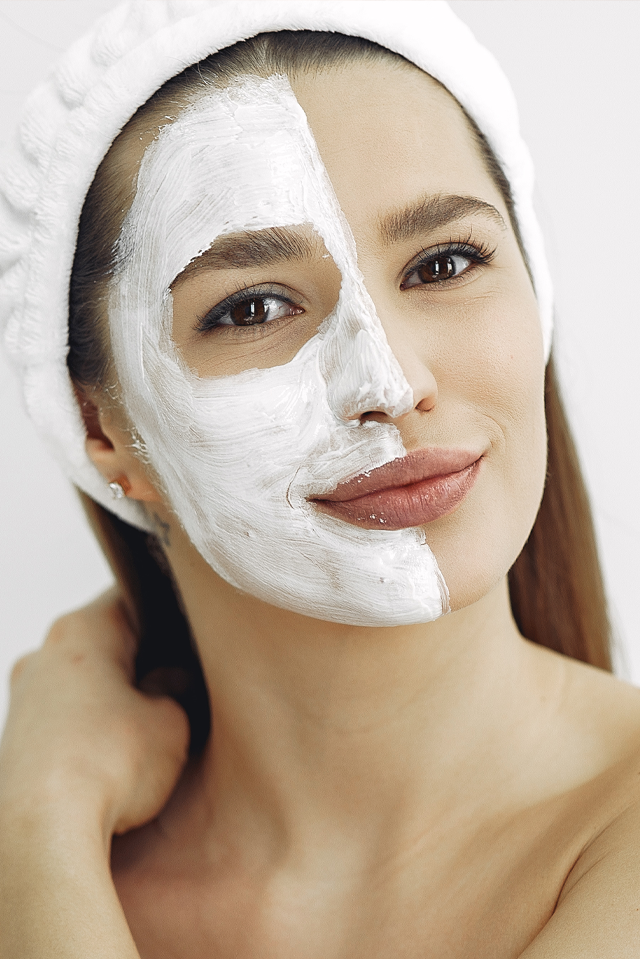
Laser or Chemical Peel? What is the best treatment for wrinkles and dark spots?
When it comes to treating facial wrinkles, both laser treatments and chemical peels can be highly effective, but the choice between them depends on factors like the depth of wrinkles, skin type, and your personal goals. Here’s a breakdown of each treatment to help you decide which might be best for you:
Laser Treatments for Wrinkles:
Types of Lasers:
- Fractional CO2 Laser:
- How it works: This is a deep, ablative laser that targets both the surface and deeper layers of the skin to stimulate collagen production and promote skin tightening.
- Best for: Moderate to deep wrinkles, sun damage, and overall skin texture improvement.
- Downtime: Significant (7-10 days). Expect redness, peeling, and some swelling as your skin heals.
- Results: Long-lasting improvement, often requiring just 1-2 sessions for significant results. Skin will appear smoother, firmer, and more youthful over time.
- Considerations: Best for more mature skin or deeper wrinkles, especially if you’re looking for dramatic results. It’s often used for surgical-like results.
- Intense Pulsed Light (IPL):
- How it works: Although not strictly a “laser,” IPL uses broad-spectrum light to target pigmentation and stimulate collagen production.
- Best for: Mild wrinkles, sun damage, and skin discoloration.
- Downtime: Minimal to none (some redness may occur temporarily).
- Results: Softer, smoother skin with improved texture, but it’s generally more effective for pigmentation and mild wrinkles than deep lines.
Pros of Laser Treatments:
- Significant wrinkle reduction (especially deep wrinkles with CO2 lasers).
- Stimulates collagen production, leading to long-term skin tightening and rejuvenation.
- More effective for deep lines, especially with ablative lasers.
- Less maintenance than chemical peels (results can last up to a year or more, depending on the laser).
Cons of Laser Treatments:
- Downtime can be significant, especially with ablative lasers.
- Higher cost if compared to chemical peels.
Chemical Peels for Wrinkles
Types of Chemical Peels:
- Superficial Peels (Glycolic Acid, Salicylic Acid):
- How it works: These milder peels remove the outermost layer of skin to improve surface texture and fine lines.
- Best for: Fine lines, mild sun damage, and overall skin texture improvement.
- Downtime: Minimal (a few days of redness or mild peeling).
- Results: Subtle but gradual improvement in skin texture, making it look smoother and more radiant.
- Considerations: Ideal for those with minimal wrinkles or those looking for maintenance. Usually is performed by a certified aesthetician and does not require medical supervision.
- Medium Peels (TCA or Jessner’s Peel):
- How it works: These peels penetrate deeper layers of skin, stimulating collagen production and improving the appearance of fine to moderate wrinkles.
- Best for: Moderate wrinkles, sun damage, and uneven skin tone.
- Downtime: Moderate (peeling for 5-7 days, some redness for up to two weeks).
- Results: Significant improvement in skin texture and fine lines, though deeper wrinkles may not see dramatic results.
- Considerations: These peels may cause more irritation, but results are more noticeable. Should be performed by board certified a doctor only.
- Deep Peels:
- How it works: This is the most intense chemical peel, targeting deeper layers of skin and improving the appearance of deeper wrinkles.
- Best for: Severe wrinkles, deep sun damage, and more advanced signs of aging.
- Downtime: Significant (up to 2-3 weeks of redness and peeling).
- Results: Dramatic results, with a significant reduction in deeper wrinkles and overall skin rejuvenation.
- Considerations: There is more risk with deep peels (e.g., scarring, changes in skin pigmentation), and they require more recovery time. Should be performed by a board certified doctor only.
Pros of Chemical Peels:
- Less expensive than most laser treatments.
- Minimal to moderate downtime, especially with superficial peels.
- Improvement in skin texture, tone, and superficial wrinkles.
- Can treat hyperpigmentation and other skin concerns in addition to wrinkles.
Cons of Chemical Peels:
- Less effective on deep wrinkles compared to lasers.
- Results take time (more than one treatment is recommended to achieve optimal results).
- Possible irritation or redness, especially with stronger peels.
- Requires repeated treatments (for best results), unlike lasers which may require fewer sessions.
So, which is better for wrinkles?
- For deeper wrinkles (such as crow’s feet, frown lines, or nasolabial folds), laser treatments (especially Fractional CO2) tend to provide more dramatic and long-lasting results.
- For finer lines and overall skin texture, a medium-strength chemical peel (like TCA or Jessner’s Peel) can provide noticeable improvement with relatively low downtime.
- If you’re looking for long-term rejuvenation with minimal maintenance, laser treatments may be more suitable.
- For maintenance or less intense signs of aging, chemical peels can be a great option, and they offer the added benefit of improving skin tone and texture.
In Summary:
- Laser: Best for deep wrinkles and dramatic skin rejuvenation, but comes with more downtime and cost.
Chemical Peel: Best for superficial wrinkles and improving skin texture, and it’s a more affordable option with less downtime.
Book your complimentary consultation to tailor the treatment to your specific skin type and wrinkle concerns.
**Check our financing options available**